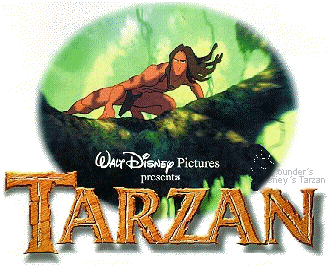


|
("A Goofy Movie") |
|
|
|
|
|
|
|
|
|
|
|
|
|
|
|
|
|
|
|
|
|
And Noni White |
|
|
|
|
by Edgar Rice Burroughs |
|





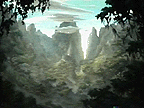
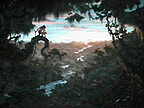
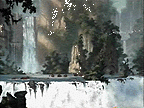




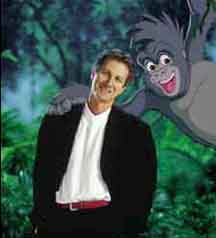
Tarzan's Director, Kevin Lima made his directing debut in 1995's "A Goofy Movie", along with animation, character design and story development for such Disney features as "The Little Mermaid" (Ursula, Flounder), "The Rescuers Down Under" (Jake and Frank the frill-neck lizards), "Beauty and the Beast" (Lumiere), "Aladdin" and "The Lion King". He also animated the character "Fagin" for "Oliver & Company". Co-Director, Chris Buck started with Disney in 1978 working as an animator on "The Fox and the Hound", supervising animator on "Pocahontas", character designer on "The Little Mermaid" and "The Rescuers Down Under" and storyboard artist on other animated projects. Buck also oversaw the animation for "Percy", "Grandmother Willow" and "Wiggins" from "Pocahontas". Producer, Bonnie Arnold, previous credits include 1995's "Toy Story" and the live-action film "Dances With Wolves".
The help in the creative process for the film, the directors and a group of artistic supervisors set out on an African safari in March, 1996. The studied at an animal reserve in Kenya, visiting mountain gorillas in Uganda and observing Bwindi's Impenetrable Forest.
From the Disney Magazine, "...Like so many innovations in animation, what (Eric) Daniels has dubbed 'deep canvas' evolved as the solution to a problem. 'Realism in nature is still technically hard to capture, and the setting of Tarzan is almost all jungle,' says Daniels. 'Nature's curves and spheres are tough for computers.' Using a sophisticated, pen-like mouse known as a stylus, Daniels' deep canvas software, which he created with Disney software programmers Tasso Lappas (Fantasia 2000) and George Katanics (The Hunchback of Notre Dame), enables animators to use the stylus as they would a paintbrush. They can mix colors and create textures, and even zoom in for very delicate detail work. 'As if using a paintbrush, an animator can create soft, impressionistic backgrounds previously unattainable with a computer,' explains Daniels. Once the painting is complete, the computer transforms the image into three dimensions, creating - in the case of Tarzan - a lush, deep jungle. Three dimensions and the illusion of the computer entering the painting and moving through it distinguish this paint program from other software. Daniels chose the term 'deep canvas' to emphasize that the technique relies on the artist. 'Without artistic sensibility, the program is useless.'"
From the "Mulan" Home Video: Glen Keane stated that the inspiration of Tarzan's movements throughout the jungle scenes were greatly inspired by his son and other athletes that surf, snowboard and skateboard.
